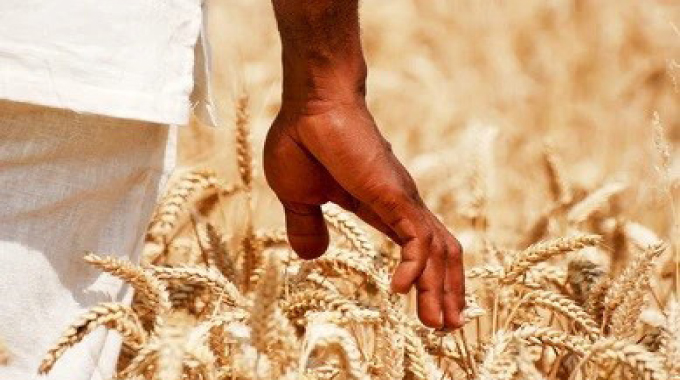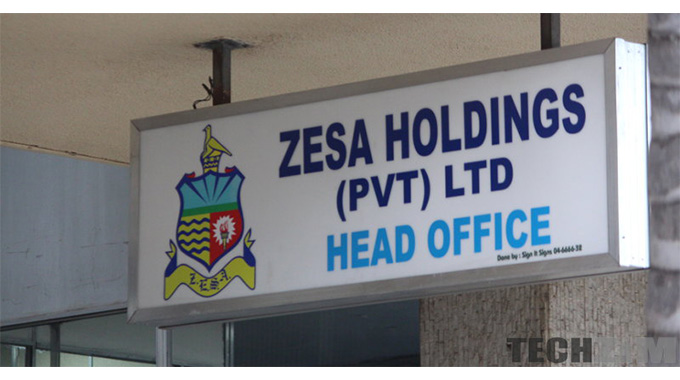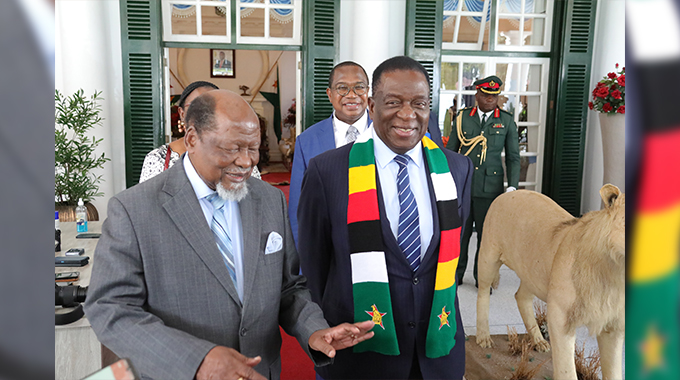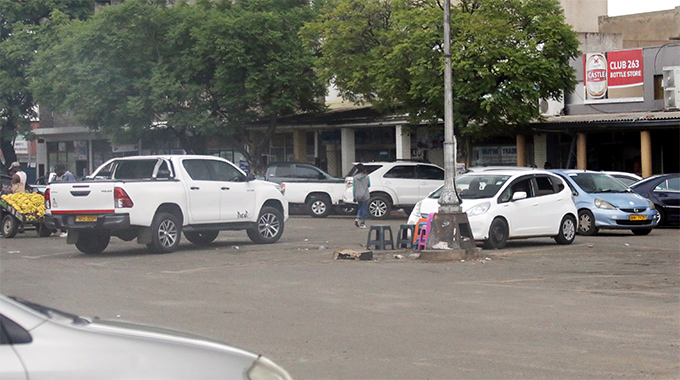Zimbabwe eyes wheat exports to Mozambique as output rises

Precious Manomano, Harare Bureau
ZIMBABWE is considering exporting surplus wheat to Mozambique from this year’s anticipated harvest of 420 000 tonnes, well above the country’s requirements of 360 000 tonnes a year.
Last year, a record harvest of over 375 000 tonnes was achieved after planting wheat on 80 000 hectares, and that created homegrown carryover stocks.
But after scaling up the hectarage to 86 000 this year due to various progressive interventions by the Government led by President Mnangagwa, there are hopes of an even higher output in the region of 420 000 tonnes this year.

President Mnangagwa
Speaking during a wheat field day at Mema Estates in Banket, Mashonaland West recently, Secretary for Lands, Agriculture, Fisheries, Water and Rural Development Dr John Basera said farmers should take advantage of massive markets that are in Mozambique to increase output.
Conflicts in Eastern Europe have taught Africa to look more inward, since Russia and Ukraine control 30 percent of global wheat supply, but the product cannot move seamlessly from those countries due the disturbances.
“This time we want to export wheat for the first time. Just because we did it last year, we have to do it again this year,” said Dr Basera.

Wheat – Image taken from Shutterstock
“Recently, a delegation from Mozambique visited Mashonaland West so that they can appreciate how we grow wheat. There is a big market in Mozambique so we need to aim for that. We need to produce our own food as Africa.”
Dr Basera said for the country to stand a good chance to attain Vision 2030, that of an upper middle income society, there was a need to crowd in participation of the private sector.
This year, the private sector funded 23 000 hectares out of the targeted 25 000 hectares, which is encouraging.
Mashonaland West was praised for doing well in wheat farming, adding that the province planted wheat on 27 000 hectares out of the 86 000 hectares national hectarage for this year.
“Mash West is indeed emerging as the bread basket of the country, and of course, Zimbabwe is emerging as the breadbasket of the region,” he said.
Minister of State Provincial Affairs and Devolution for Mashonaland West, Mary Mliswa-Chikoka, applauded the work done by farmers in her province.
She added that joint ventures were important for farmers since they help increase output for the benefit of the country.

Cde Mary Mliswa-Chikoka
“Farmers should get inputs on time so that they grow the crop on time. Joint venture arrangements are good among farmers because they promote production and use of land. Here in Mashonaland we are food secure, no hunger,” she said.
Government is prepared for wheat growing this cropping season and is working closely with important stakeholders such as ZESA and ZINWA to ensure uninterrupted power supply and adequate water to support irrigation.
The average wheat yield is 5 tonnes per hectare, if the country was to obtain the envisaged 420 000 tonnes from the 86 000 hectares on which the crop has been planted.
Wheat farmers present at the field day said they are anticipating a bumper harvest following a good rainfall season.

Zesa
A farmer at Mema Farm, Mr Cleopas Mhakayakora, said: “So far we are in wheat production after harvesting soya bean. Some of the fertilisers do not respond well to the type of our soils so this year we made an arrangement with experts to prepare fertilisers that suit our soils.
“Our crop has changed and we are hoping that this year we can produce between 6 tonnes to 7 tonnes per hectare,” he said.
Another farmer, Mrs Rudo Makoni of Makonde, said veld fires and quelea birds were the only threats in wheat production, adding that if controlling measures are implemented and strengthened, a bumper harvest is likely to be achieved.
“We are happy that so far, there no serious power cuts and we appeal to authorities to implement measures that will control veld fires and quelea birds because these are the only menaces we are afraid of,” she said.

Zimbabwe National Water Authority (Zinwa)
Government has been targeting increases in wheat production to meet the national requirement in line with the Agriculture and Food Systems Transformation Strategy, the Agriculture Recovery Plan and the National Development Strategy 1 for the attainment of a prosperous and empowered upper middle income society by 2030.
While maize and traditional grains are largely dry land crops in Zimbabwe, and so decent reserves and carryover stocks have to be part of the planning so the country can cope with a drought, wheat is almost entirely an irrigated crop.
This means that output can be precisely calculated long before the first seed is planted. So long as dams and acquifers have enough water, farmers can grow the crop with yields again fairly precisely calculated.
This means carryover stocks need largely to be at the useful level, a couple of months or so, and that means wheat might well be the first grain crop to resume exports.
Zimbabwean farmers are given guaranteed markets and preset prices, but generally are paid at least global wheat prices and usually a bit more to cover their irrigation costs, with East European farmers getting enough free water from snow and rain not to need pumps. But the very short distances from a Zimbabwean farm to a Zimababwean miller means there is some slack in the transport costs to cope with this without undesirable subsidies to either producers or consumers.












Comments